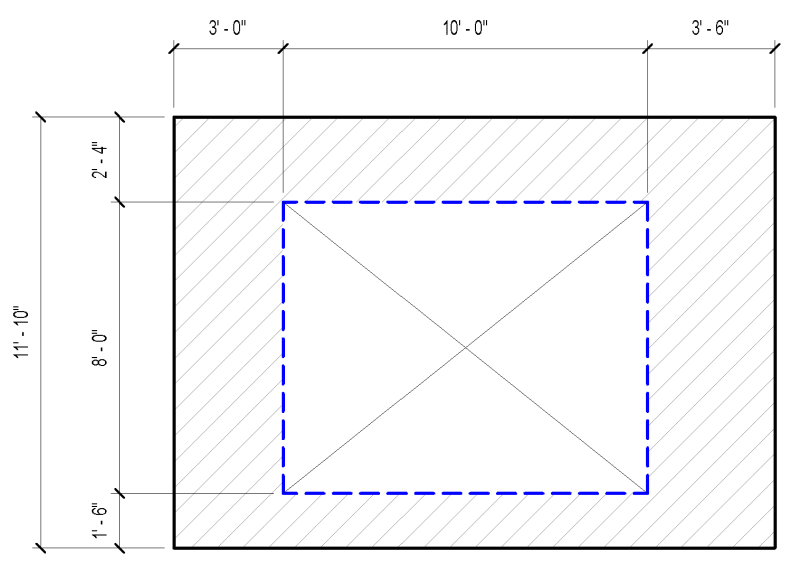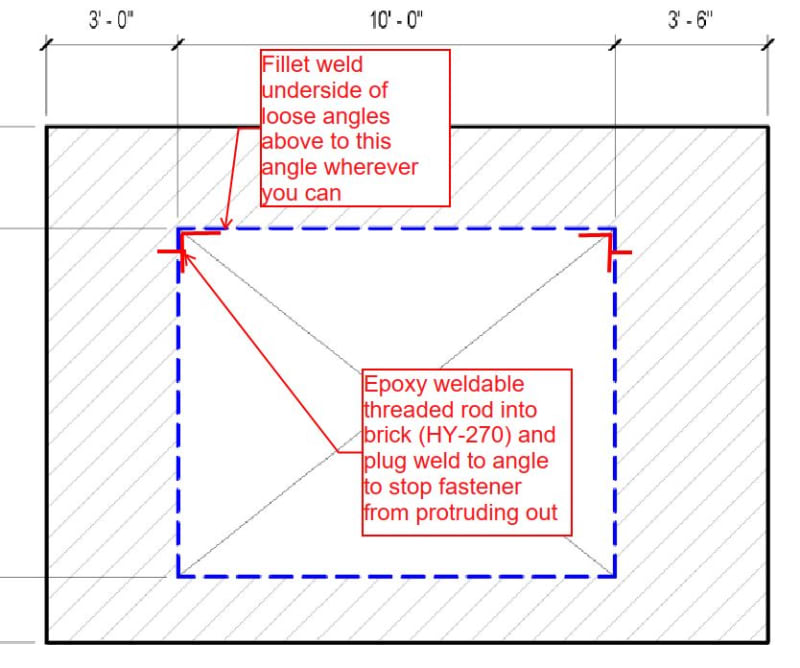Architect is adding windows to an existing non-bearing & non-lateral exterior wall with clay brick on the outer faces and solid 4" CMU brick for the interior wythe. It's easy enough to shore the wall and add some loose lintels (3 angles in my case), but what's the magic trick to create jambs and transfer mechanism for the out-of-plane wind reactions from the exterior lintel?
The architect is averse to any kind of brick reconstruction/toothing-in due to concerns about matching mortar etc. They just want to sawcut the opening and stick the window in. So this obviously limits what I can do with the jambs. I can probably negotiate this point if rebuilding the jambs is an absolute necessity, but I'm looking for any tips or tricks out there so I can at least say I've exhausted all options.
The architect is averse to any kind of brick reconstruction/toothing-in due to concerns about matching mortar etc. They just want to sawcut the opening and stick the window in. So this obviously limits what I can do with the jambs. I can probably negotiate this point if rebuilding the jambs is an absolute necessity, but I'm looking for any tips or tricks out there so I can at least say I've exhausted all options.


